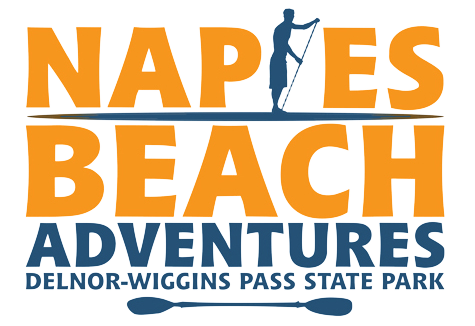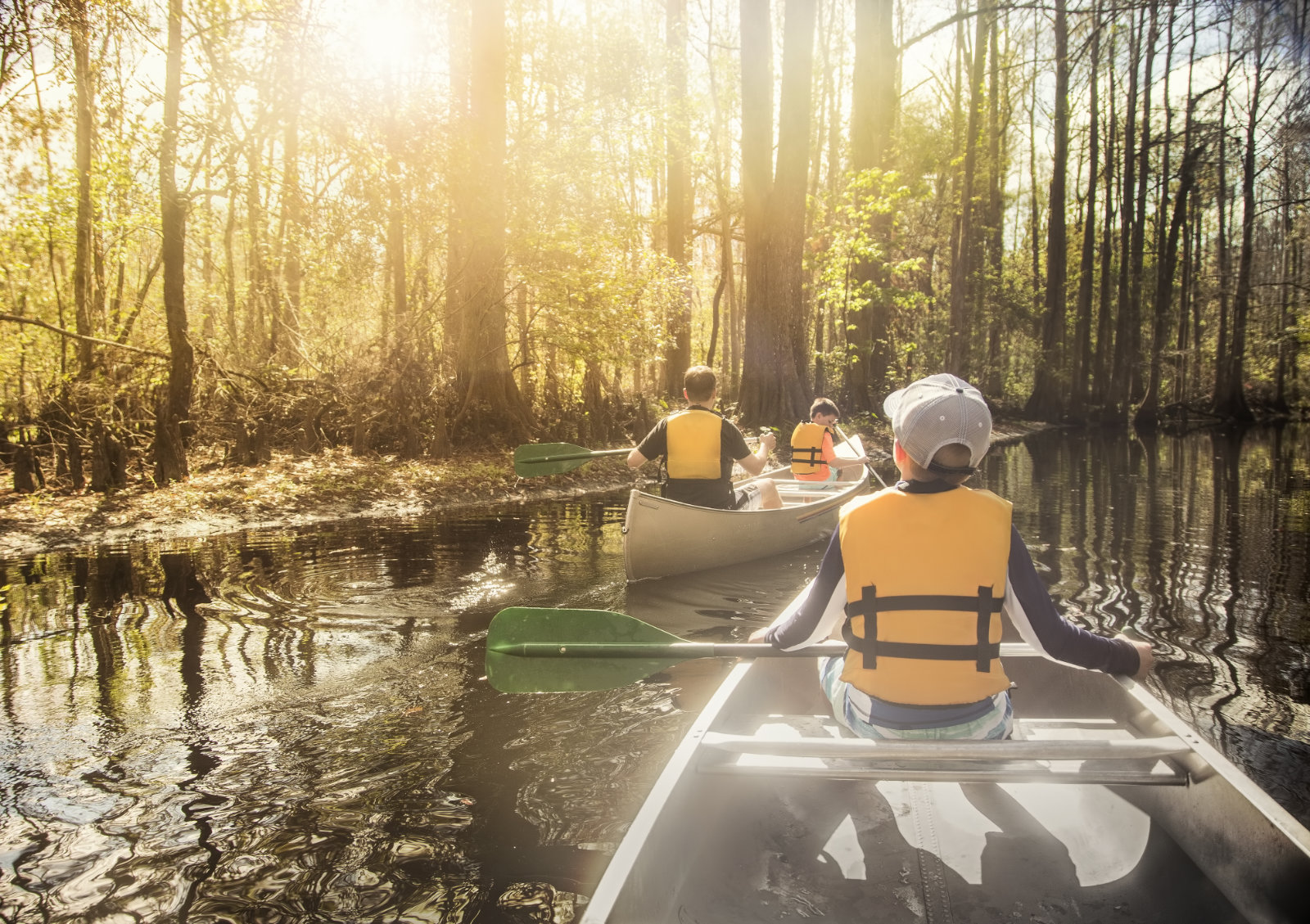Canoeing is one of the few workouts that honestly counts as a leisure activity. Not only is it a fine way to take in the great outdoors, but it also serves as the ideal introduction to boating for the young and uninitiated. If you’re planning on taking your kids along on your next canoe trip, it’s best to be prepared. Here are some tips to help you make the most of your maiden voyage.
Gear Up
While Florida state law requires you to keep a US Coast Guard-approved personal floatation device on board for each passenger, the gentle nature of canoeing makes this law easy for adult operators to overlook. All passengers under the age of 6, however, are required to wear their PFD at all times. To set a good example, make sure you’re always wearing your own whenever the boat is in motion.
Location, Location, Location
Scout all possible routes in advance before setting out. You don’t want to find yourself in a difficult or dangerous situation, especially when you have children aboard. If you can, choose a spot that you’re already familiar with. You’ll be able to concentrate more on enjoying the ride. You should also try to steer clear of any spots that have seen a lot of gator activity or rattlesnake sightings.
If the kids are still super young (say, preschool age or below), it’s a good idea to choose a spot that has access to bathroom facilities. At the very least, bring along all the necessary supplies, and don’t forget the “take only memories, leave only footprints” rule.
Seating Arrangements
It can be tempting to plop children down in the center of the canoe, where they’ll have the most room to spread out. This isn’t necessarily the answer, especially for toddlers. Children between the ages of 18 months and 4 years of age should be situated in the bow, where the paddler in front can keep an eye on him or her. This is also the safest place for them to be if they like to peer over the side of the boat—the sideways motion will be less likely to cause the boat to capsize from this position.
Babies younger than 18 months, on the other hand, can be ensconced in the center, as long as they can stay put in a carrier. Older children can also sit near the middle of the canoe, but warn them to refrain from any sudden or dramatic movement. You might also want to invest in a bench attachment for the canoe, or at least a seat with a low back (these can be found in the camping section of the department store).
Food Preparation
Even if you can go for a half-day or longer without stopping for a snack break (not a good idea when you’re exercising), you can’t expect kids to do the same. Pack a cooler with plenty of chilled, hydrating beverages and everyone’s favorite snacks. Pre-sliced fruit and berries, granola bars, and roasted nuts are all good choices for the water. Dole them out early and often to stave off any potential crankiness.
Dealing With Distractions
The best thing about canoeing is the opportunity to take in a plethora of different sights and sounds. For young children, this can result in sensory overload. They might get so excited, they’ll forget that the boat can tip over if they move too far in a certain direction.
Since you’ll be busy paddling, you should bring along a few things to keep the little ones occupied. Toddlers and preschoolers might be placated by a favorite toy or stuffed animal, while older kids can be given an extra paddle and asked to help power the boat. Make a game out of the experience by asking kids to identify the different birds and animals that they see. Depending on your location, you might even be able to organize a scavenger hunt, especially if you plan on stopping along the way.

